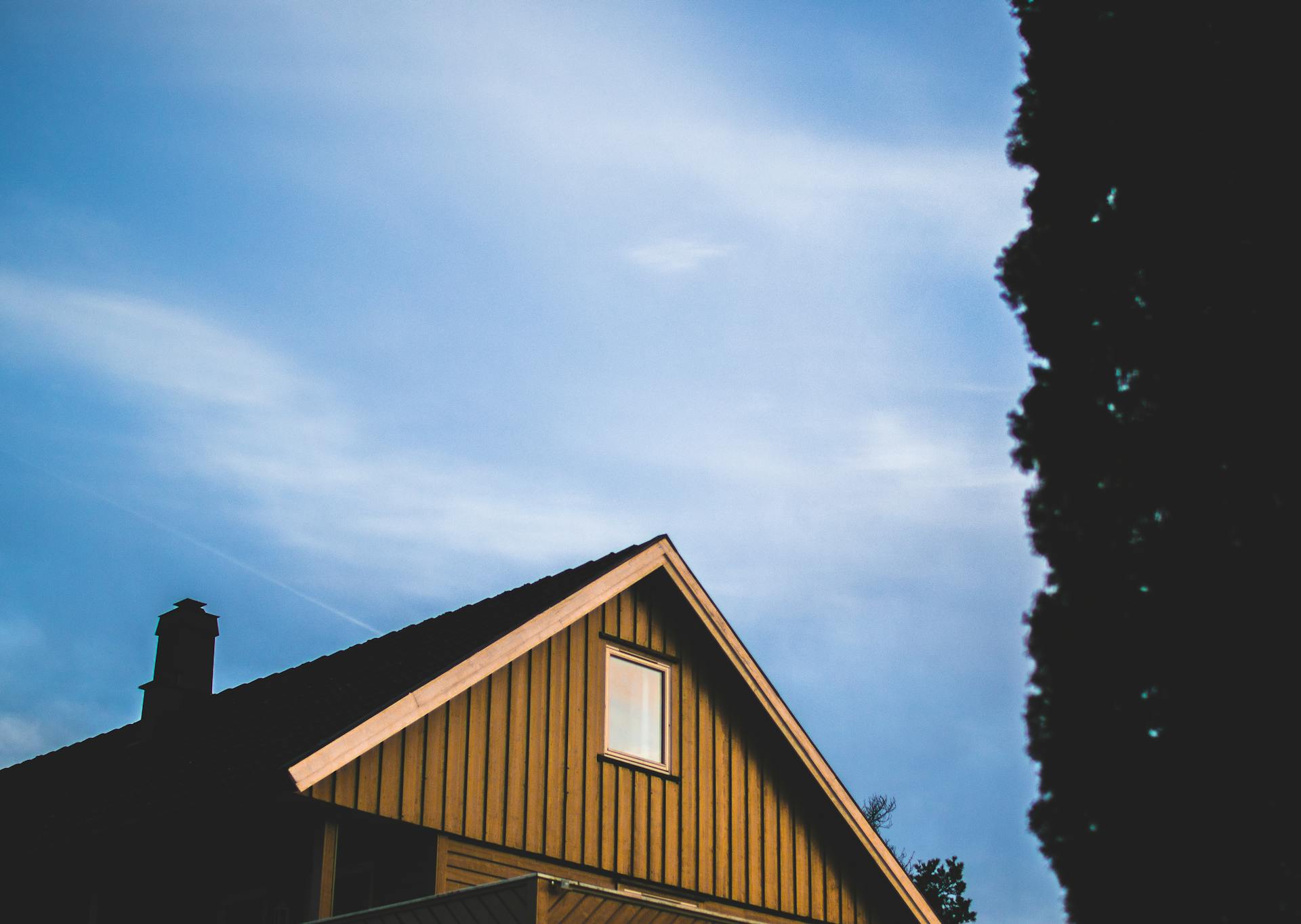A roof is one of the most crucial elements of your home, serving as the first line of defense against the elements. Despite this, many homeowners neglect regular roof maintenance, which can lead to leaks, structural damage, and costly repairs. Proper maintenance can extend the life of your roof, prevent leaks, and save you money in the long run. In this guide, we will explore six roof maintenance secrets that will help you keep your home leak-free and in top condition.
1. Inspect Your Roof Regularly
Routine roof inspections are essential for spotting potential problems before they turn into costly repairs. Even if your roof appears fine from the ground, it may still have issues that could worsen over time. It’s important to get on a ladder or hire a professional to inspect the roof at least twice a year, particularly after severe weather events like storms or high winds. During these inspections, focus on identifying missing, cracked, or curling shingles. These are signs that your roof may be nearing the end of its lifespan or that there are vulnerabilities where water could seep in.
2. Clean Your Gutters and Downspouts
Clogged gutters and downspouts can cause water to pool on your roof, increasing the risk of leaks. Debris like leaves, branches, and dirt can accumulate in your gutters, preventing proper water drainage. Over time, this can lead to water backing up and penetrating your roof or siding, causing leaks and even structural damage to your home’s foundation. To avoid these issues, clean your gutters and downspouts regularly, especially during the fall when leaves tend to accumulate. In addition to clearing debris, check for any cracks or sagging in the gutters, as this could indicate that they need to be repaired or replaced.
3. Trim Overhanging Trees
Trees surrounding your home can add curb appeal, but overhanging branches can pose a serious risk to your roof. During storms or high winds, these branches can break off and cause significant damage to shingles, gutters, and even the roof structure. Additionally, overhanging trees can drop leaves, branches, and other debris directly onto your roof, contributing to clogs in your gutters and downspouts. Trimming back any overhanging branches is a simple yet effective way to protect your roof from damage. Ideally, branches should be at least 10 feet away from your roof to prevent direct contact. an often-overlooked aspect of roof care but can significantly reduce the likelihood of roof damage and leaks.
4. Address Minor Repairs Immediately
Even small roof issues, such as a few missing shingles or a slight crack in the flashing, can lead to more significant problems if left unaddressed. Water has a way of finding its way through even the smallest gaps, which can result in leaks, rot, and mold growth. By addressing minor repairs immediately, you can prevent costly damage to your roof and home. It’s important to hire a reputable roofing contractor to handle these repairs to ensure they are done correctly. Whether it’s replacing damaged shingles or sealing a crack in the flashing, quick action can prevent future leaks and extend the life of your roof. Working with experienced professionals, such as Amstill Roofing, ensures that your roof receives the high-quality care and attention it needs to remain leak-free and structurally sound. By tackling minor repairs early, you avoid the stress and expense of larger repairs down the road.
5. Ensure Proper Attic Ventilation
Your attic’s ventilation plays a crucial role in maintaining the overall health of your roof. Without proper ventilation, heat and moisture can build up inside the attic, leading to problems such as mold growth, wood rot, and premature roof aging. In the summer, poor ventilation can cause the roof to overheat, which can shorten the lifespan of your shingles. In the winter, inadequate ventilation can lead to ice dams, which can cause water to seep under the shingles and lead to leaks. To ensure proper attic ventilation, check that your attic has a balanced system of intake and exhaust vents. These vents allow air to circulate, preventing moisture buildup and regulating the temperature. Installing or upgrading attic ventilation systems can help improve airflow and extend the life of your roof.
6. Apply a Roof Coating
Applying a protective roof coating can extend the lifespan of your roof by adding an extra layer of protection against the elements. Roof coatings are designed to seal the surface, helping to prevent water from penetrating the roof materials and causing leaks. Additionally, these coatings can help reflect UV rays, reducing the temperature of your roof and preventing damage from excessive heat. There are several types of roof coatings available, including acrylic, silicone, and elastomeric coatings. Each type offers different levels of protection, so it’s important to choose the one that best suits your roofing material and climate.
Maintaining a leak-free roof requires a proactive approach to care and maintenance. Regular inspections, cleaning gutters, trimming trees, addressing repairs promptly, ensuring proper attic ventilation, and applying roof coatings are all essential steps to protect your home from water damage. By following these roof maintenance secrets, you can keep your roof in excellent condition and avoid costly repairs. Taking care of your roof not only protects your home’s structure but also preserves its value for years to come.


